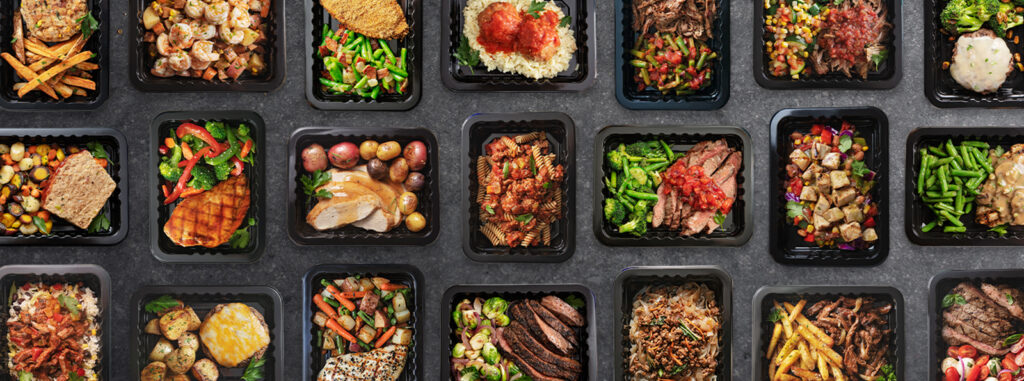Even though soy is one of the top eight allergens in the U.S., it isn’t one that you hear of as often as gluten, dairy or shellfish. The good news is that since it’s covered by Food Allergen Labeling Consumer Protection Act, soy must be clearly labeled. Soy tends to show up in unexpected places and it is used as an ingredient in many processed foods, so beware!
Who should avoid it?
People with soy allergies and soy intolerance should obviously avoid eating soy. The symptoms can be mild or severe depending on the level of intolerance and are similar to celiac disease and gluten sensitivity, and therefore confusing! If you think you are allergic to soy (or anything, for that matter) see a doctor. In the meantime, try eliminating all soy products from your diet.
Soy allergy symptoms
- Gastrointestinal upset (nausea, vomiting, diarrhea)
- Skin reactions (rashes, hives)
- Respiratory reactions (congestion, itching)
- Nervous system reactions (migraines, headaches)
Where is soy found?
- Tofu
- Miso
- Soy sauce (maybe not so unexpected, but have you ever thought about the ingredients in soy sauce?)
- Vegetable oil
- Dairy substitutes such as; milk, yogurt, cheeses and spreads.
- Edamame
- Tempeh
Unexpected sources of soy
- Canned tuna
- Baked goods
- Cereals
- Crackers
- Canned broths, soups
Expert Tip: Asian cuisines are considered high-risk for people with soy allergy due to the common use of soy as an ingredient and the possibility of cross-contamination, even if a soy-free item is ordered.
There are so many foods that are naturally soy-free and you can find these by shopping the perimeter of your grocery store, which we recommend doing anyway.
Soy-free foods

- Fruit
- Vegetables
- Dairy
- Free-Range Poultry
- Grass-Fed Meats
- Wild-Caught Seafood
- Rice, almond, coconut alternatives to milk






